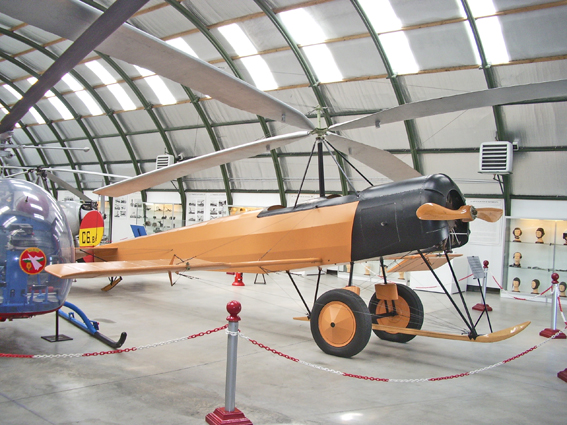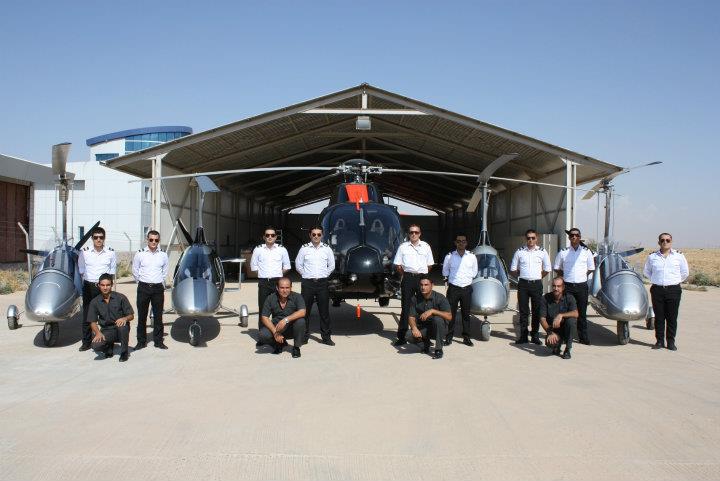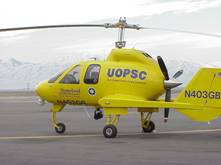Autogiros
Enlarge text Shrink textAn autogyro (from Greek αὐτός and γύρος, "self-turning"), or gyroplane, is a class of rotorcraft that uses an unpowered rotor in free autorotation to develop lift. Part 1 (Definitions and Abbreviations) of Subchapter A of Chapter I of Title 14 of the U. S. Code of Federal Regulations states that gyroplane "means a rotorcraft whose rotors are not engine-driven, except for initial starting, but are made to rotate by action of the air when the rotorcraft is moving; and whose means of propulsion, consisting usually of conventional propellers, is independent of the rotor system." While similar to a helicopter rotor in appearance, the autogyro's unpowered rotor disc must have air flowing upward across it to make it rotate. Forward thrust is provided independently, by an engine-driven propeller. It was originally named the autogiro by its Spanish inventor and engineer, Juan de la Cierva, in his attempt to create an aircraft that could fly safely at low speeds. He first flew one on 9 January 1918, at Cuatro Vientos Airport in Madrid. The aircraft resembled the fixed-wing aircraft of the day, with a front-mounted engine and propeller. The term Autogiro became trademarked by the Cierva Autogiro Company. De la Cierva's Autogiro is considered the predecessor of the modern helicopter. The term gyrocopter (derived from helicopter) was used by E. Burke Wilford who developed the Reiseler Kreiser feathering rotor equipped gyroplane in the first half of the twentieth century. Gyroplane was later adopted as a trademark by Bensen Aircraft. The success of the Autogiro garnered the interest of industrialists and under license from de la Cierva in the 1920s and 1930s, the Pitcairn & Kellett companies made further innovations. Late-model autogyros patterned after Etienne Dormoy's Buhl A-1 Autogyro and Igor Bensen's designs feature a rear-mounted engine and propeller in a pusher configuration.
Read more on Wikipedia >
 Topic
Topic

















